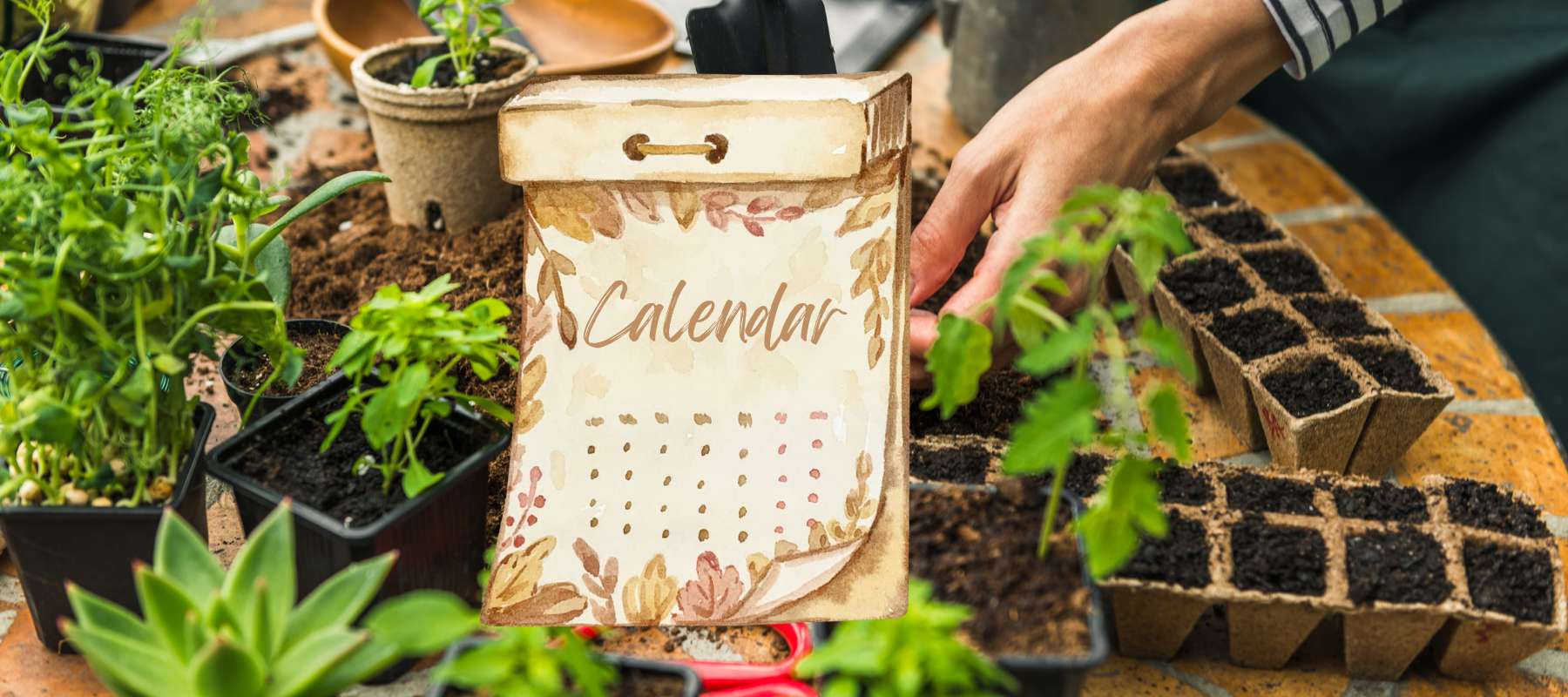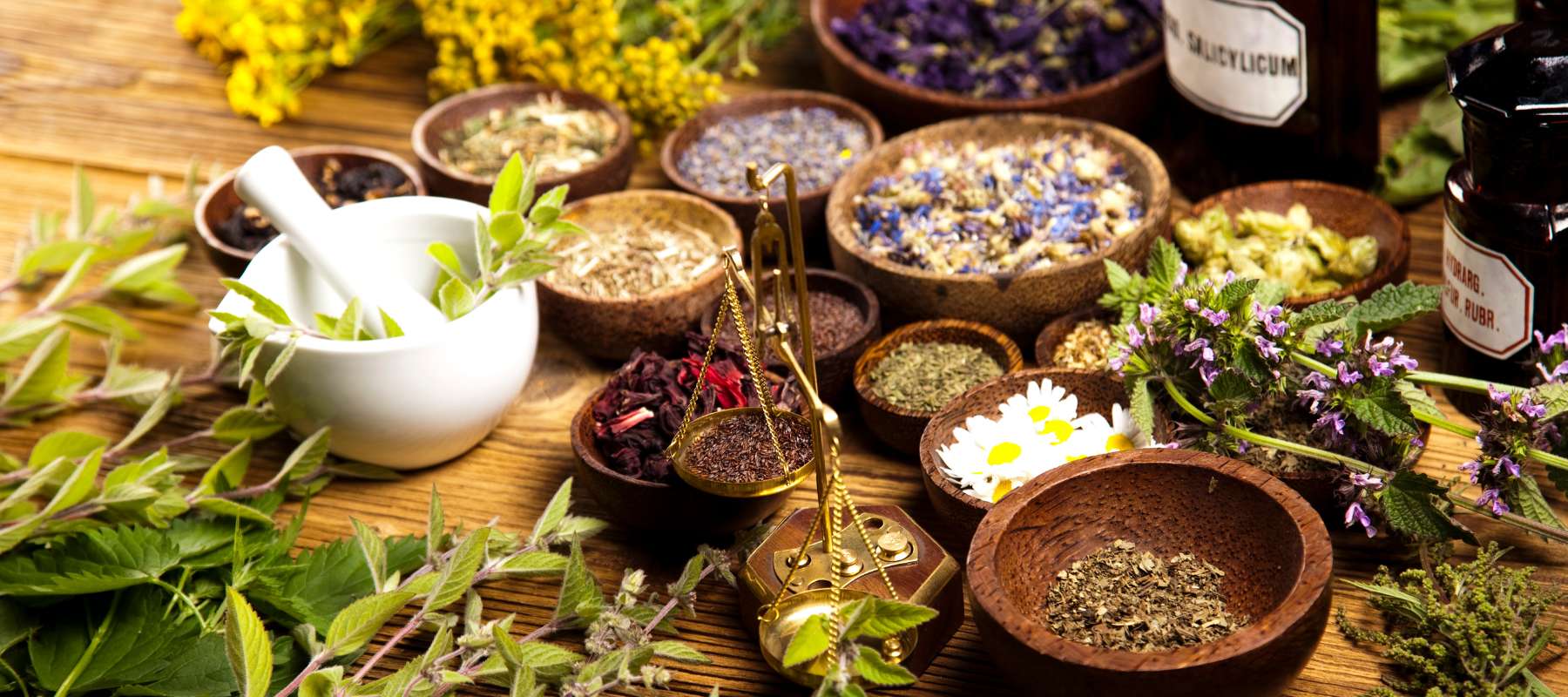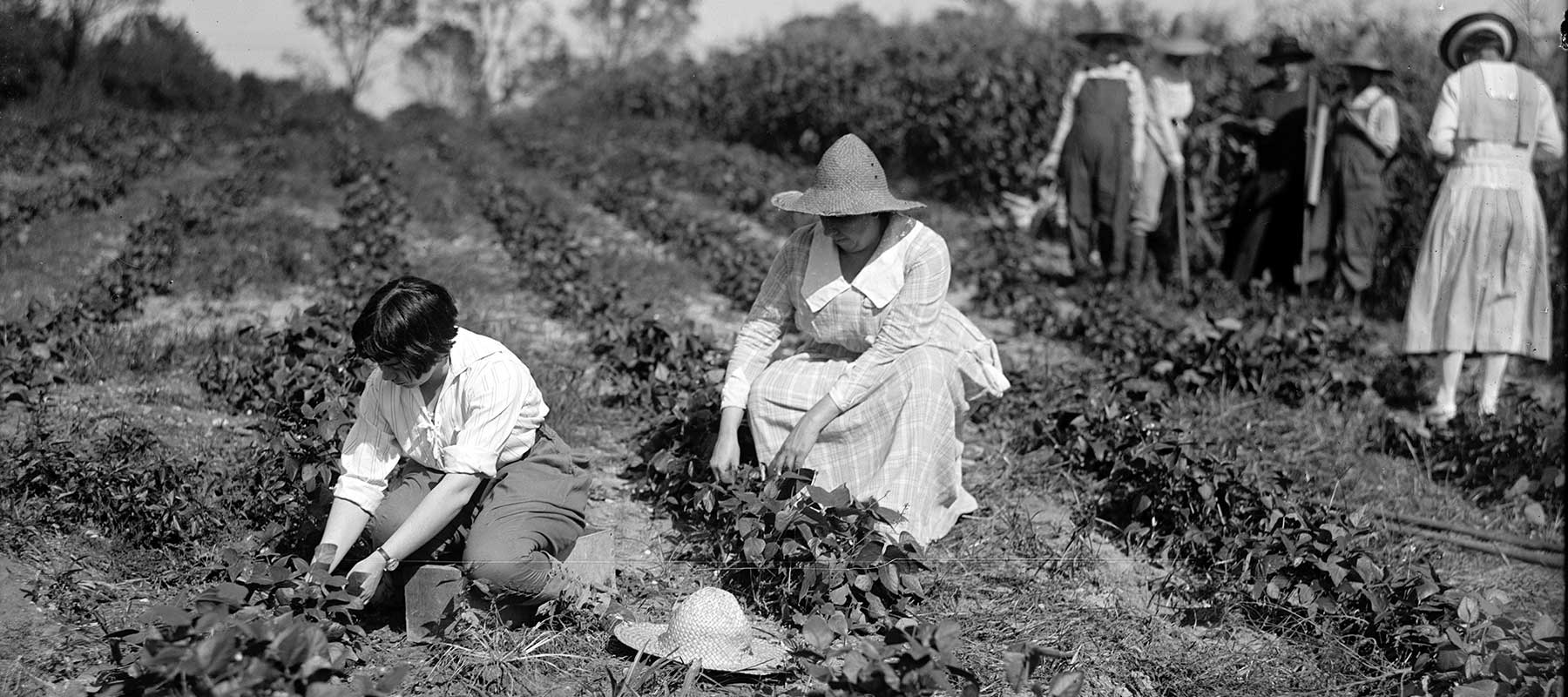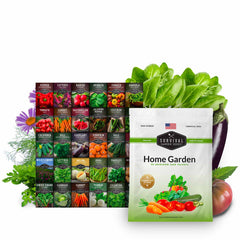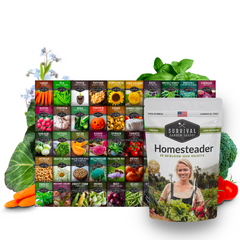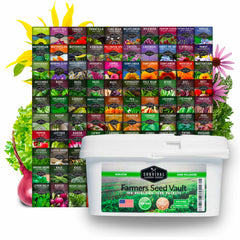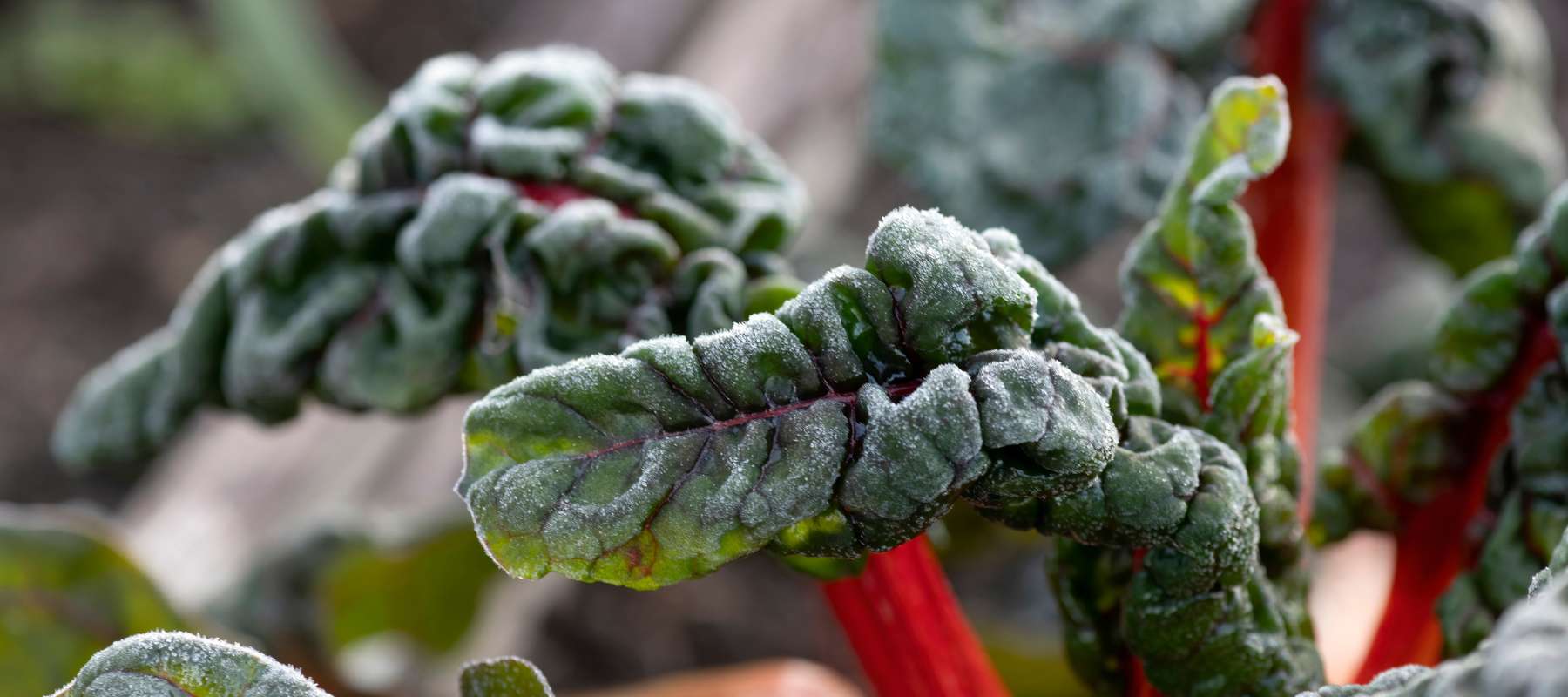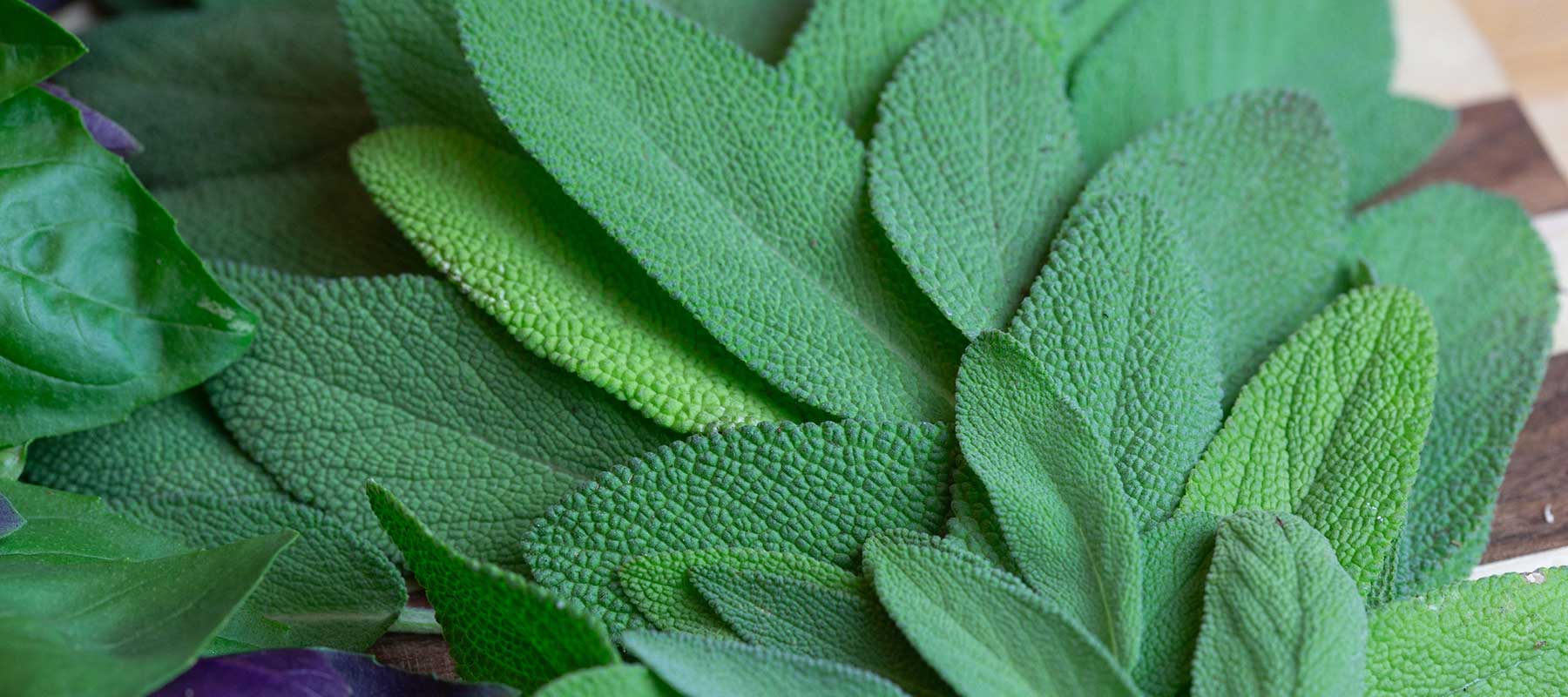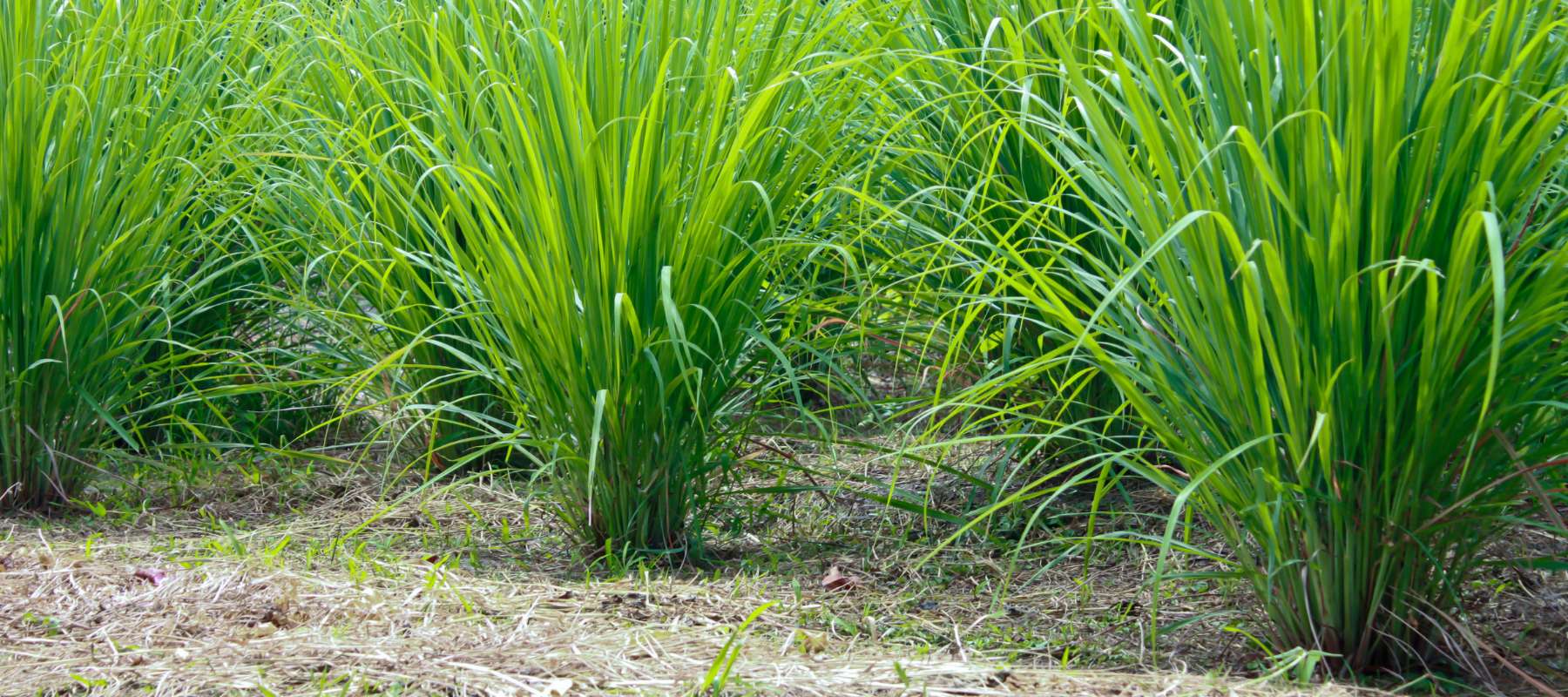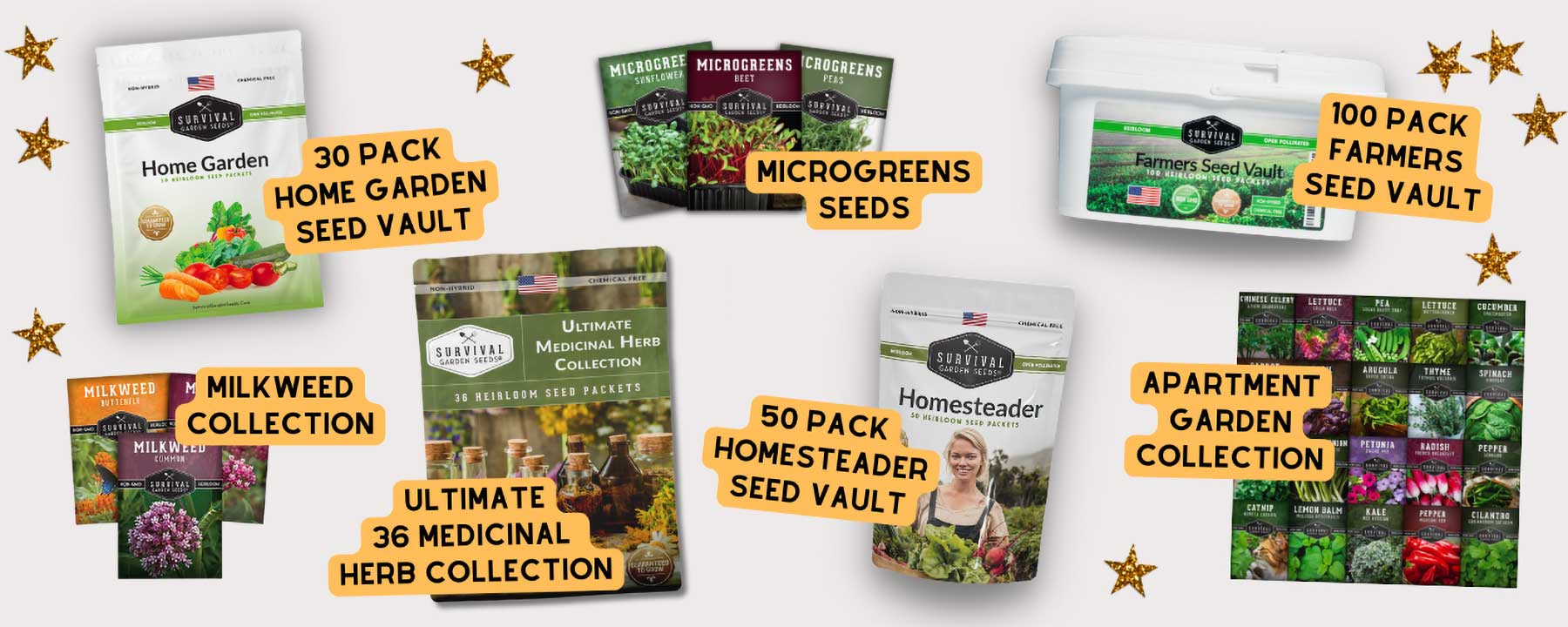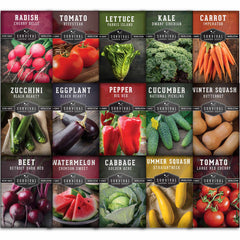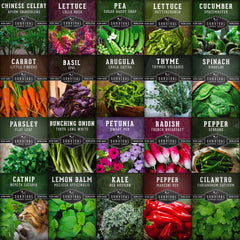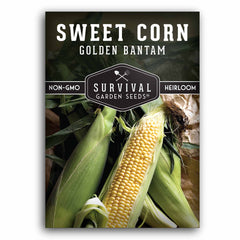Wondering what to plant in February? William DeMille has graciously shared his personal gardening to-do list for this month to give you some ideas. As always, consider your climate, zone, and gardening conditions to adapt this information for your personal growing needs.
What William DeMille does in his garden in February:
Plant onion seeds for the main crop of onions. If you live in the north, use long-day onion seeds. If you live in the south, use short-day onion seeds. Use 5 seeds per plug if you want to thin for green onions or one seed per plug if you will not thin. Seeds will germinate at 60 to 70 degrees F and should come up in 10 to 14 days.
Plant seeds for cabbage, broccoli, cauliflower, brussels sprouts, kale, collards, and mustard greens. I use one seed per plug. 60 to 70 degrees F. These should come up in 7 days.
Plant seeds for tomatoes, peppers, eggplants, and tomatillos. I use one seed per plug and keep the soil at around 70 to 80 degrees F. These should come up in 7 days with plenty of light and warmth.
Plant seeds for lettuce, using one seed per plug and keeping the soil around 60 degrees F. I expect them to germinate in 5 days.
Plant seeds for spinach. Again, one seed per plug and a temperature of around 60 degrees F. They should be up in 7 days.
Plant seeds for beets. Here, I’ll use two or three seeds per plug, keeping the soil around 60 degrees. The beet seeds should be up in 10 days.
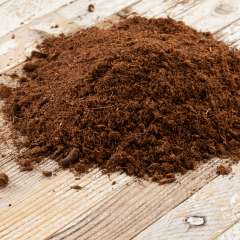
Plant seeds for green onions, also known as bunching onions. These I plant at six seeds per plug and keep around 60 degrees F. They should be up in 10 to 12 days. I transplant all six plants together in the plug and let them grow as a bunch so I can harvest them together when they’re big enough to eat.
To plant these seeds, I use a seed starting mix rather than potting soil, because potting soil has big chunks in it. I make my own seed starting mix by sifting peat moss and potting soil together to remove big chunks. Hardware cloth with about ¼ to ½ inch mesh makes a good sifter. If you have the luxury of having a good worm compost, you can use this in place of peat moss and potting soil. This is actually what I use most of the time.
Seeds planted in February can be started on a heat mat and under grow lights. You should not rely on the south-facing window for light in February and March. There’s simply not enough light to grow strong transplants at this time of year.
I don't add fertilizer to the seed starting mix, but as plants are growing, I’ll fertilize with water-soluble fertilizer according to the instructions on the package. I personally use fish hydrolosate. I add fertilizer to potting soil when I transplant seedlings from a plug tray to a larger pot. I do not add anything to worm castings, as they are rich enough in nutrients that they don't need fertilizer.
To mix fertilizer in potting mix: Mix 5 gallons of the sifted peat and potting soil with three tablespoons of the following six ingredients:
- Azomite
- Alfalfa meal
- Kelp
- Blood meal
- Bone meal
- Eggshells
That’s all it takes! I hope this helps you get off to a great start on your 2024 vegetable garden.
Your gardening friend, William






























